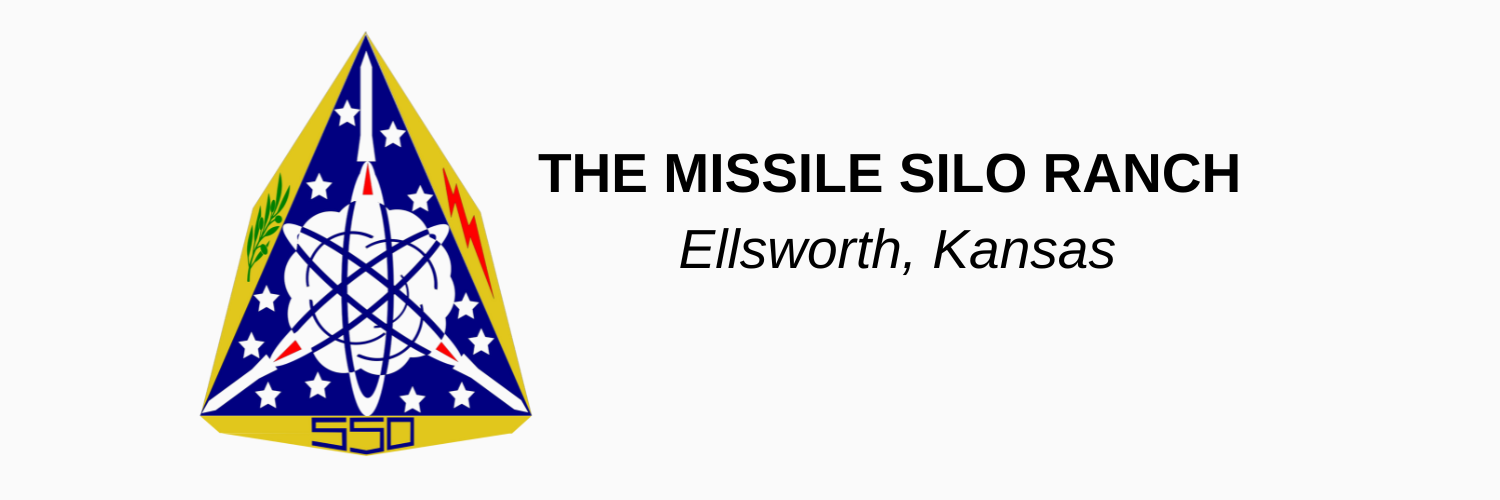
550th Strategic Missile Squadron
Schilling Air Force Base, Salina, Kansas
HISTORY
Step into the pages of history as we unveil a significant chapter of the Cold War era – the story of the 550th Strategic Missile Squadron. This historical narrative unfolds at the Schilling Air Force Base in Salina, Kansas, where the 550th SMS was stationed from 1962 to 1965.
Spread in a ring around Salina, 12 sites bore witness to the squadron's unwavering commitment. Manned tirelessly, 24/7, 365 days a year, these sites played a crucial role during the Cuban Missile Crisis. The 550th sites stood at a heightened state of alert, poised to launch the Atlas missile if the need arose.
The Atlas F featured a General Electric Mark IV re-entry vehicle housing a W-38 warhead with a nuclear yield of approximately 3.8 megatons of TNT. Boasting a range of about 6,000 miles, the Atlas F, developed by General Dynamics, became a national priority during the first generation of ICBM systems. Its significance extended beyond defense, as NASA utilized the Atlas rocket in the early days of manned space travel, propelling John Glenn into Earth orbit.
Explore this remarkable journey where the Atlas F system's development, testing, and implementation reflect an era where no expense was spared. The 550th Strategic Missile Squadron stands as a testament to the dedication and technological prowess that defined a critical period in our nation's history.
Armed with the SM-65F weapon system, commonly known as the Atlas F, the 550th operated from silo launcher-style complexes. The Atlas missile, perpetually held in a vertical position, required meticulous processes for launch. With two 75-ton overhead doors swinging open, the missile, affectionately called the "bird," was lifted from the silo.
The Atlas ICBM relied on RP1 and Liquid Oxygen to power its rocket engines. During alert periods, the RP1 fuel remained on board, ensuring readiness. Prior to lift-off, Liquid Oxygen filled the missile, and gaseous Nitrogen maintained internal pressure. The launch crew, equipped with the capability to top off Liquid Oxygen if needed, contributed to the swift response time of the Atlas F system.




